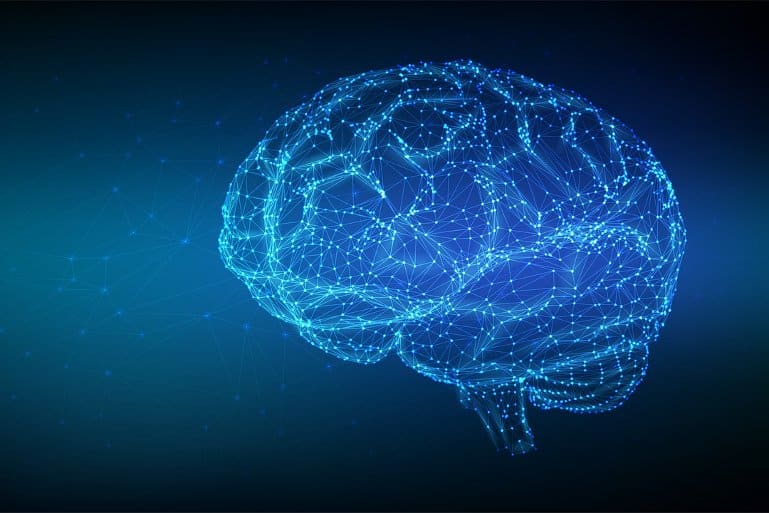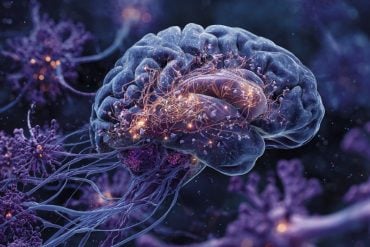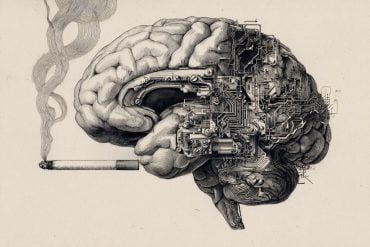Summary: Using a new technology called The Virtual Brain, researchers are able to create personalized computerized brain models of individual patients based on their anatomy, structural connectivity, and brain dynamics.
Source: Human Brain Project
In the current edition of The Lancet Neurology, researchers of the Human Brain Project (HBP) present the novel clinical uses of advanced brain modeling methods.
Computational brain modeling techniques that integrate the measured data of a patient have been developed by researchers at AMU Marseille as part of the HBP. The models can be used as predictive tools to virtually test clinical hypotheses and strategies.
To create personalized brain models, the researchers use a simulation technology called The Virtual Brain (TVB), which HBP scientist Viktor Jirsa has developed together with collaborators. For each patient, the computational models are created from data of the individually measured anatomy, structural connectivity and brain dynamics.
The approach has been first applied in epilepsy, and a major clinical trial is currently ongoing.
The TVB technology enables clinicians to simulate the spread of abnormal activity during epileptic seizures in a patient’s brain, helping them to better identify the target areas. In January, the team had presented the detailed methodology of the epilepsy work on the cover of Science Translational Medicine.
In the new paper, the researchers expand on the concept and its potential applications in neuroscience. Their article in The Lancet Neurology describes how personalized computer models of a patient’s brain have broad applicability beyond epilepsy.
The authors make the case that the true potential of personalised virtual brain models in neuroscience, medicine and neurotechnology remains to be further explored.

The authors envision that future advances in brain modelling will open a path to “digital twins” approaches in brain medicine. A “digital twin” is a type of personalised computational brain model that can be constantly updated with measured real-world data obtained from its real-life counterpart, i.e., the patient.
While not aimed at being an exact replica, increasing sophistication of these models is expected to further enhance their predictive power, bringing new clinical and research applications into reach.
The authors expect improvements along two main lines: high-resolution of the data and patient specificity. The integration of these factors is made possible within the HBP, through the use of modelling software, computing power, brain atlases and datasets provided on the digital research infrastructure EBRAINS.
Viktor Jirsa leads the research area on the “multiscale brain connectome” within the HBP. From March 28-31, he will host the final Summit of the project in Marseille, France.
About this brain mapping research news
Author: Peter Zekert
Source: Human Brain Project
Contact: Peter Zekert – Human Brain Project
Image: The image is in the public domain
Original Research: Closed access.
“Personalized virtual brain models in epilepsy” by Viktor Jirsa et al. Lancet Neurology
Abstract
Personalized virtual brain models in epilepsy
Individuals with drug-resistant focal epilepsy are candidates for surgical treatment as a curative option. Before surgery can take place, the patient must have a presurgical evaluation to establish whether and how surgical treatment might stop their seizures without causing neurological deficits.
Virtual brains are a new digital modelling technology that map the brain network of a person with epilepsy, using data derived from MRI. This technique produces a computer simulation of seizures and brain imaging signals, such as those that would be recorded with intracranial EEG.
When combined with machine learning, virtual brains can be used to estimate the extent and organisation of the epileptogenic zone (ie, the brain regions related to seizure generation and the spatiotemporal dynamics during seizure onset).
Virtual brains could, in the future, be used for clinical decision making, to improve precision in localisation of seizure activity, and for surgical planning, but at the moment these models have some limitations, such as low spatial resolution.
As evidence accumulates in support of the predictive power of personalised virtual brain models, and as methods are tested in clinical trials, virtual brains might inform clinical practice in the near future.







